2025
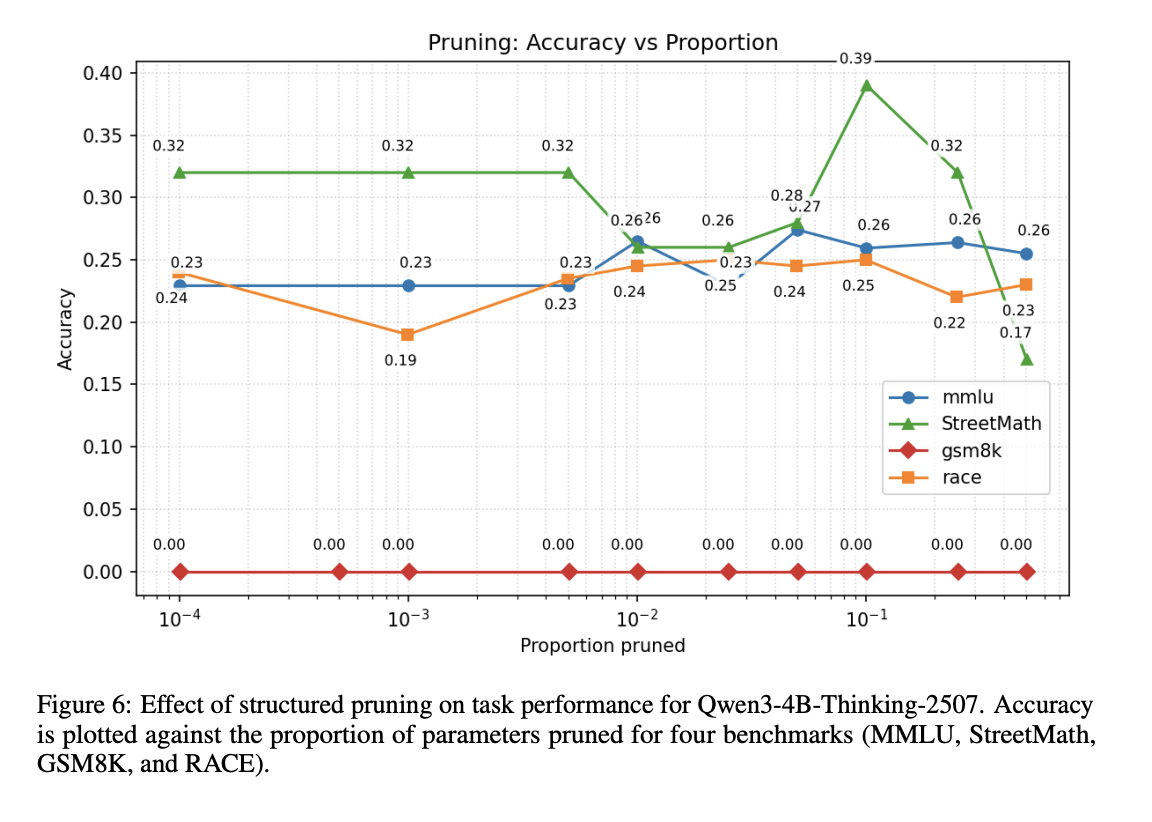
StreetMath: Study of LLMs’ Approximation Behaviors Neurips 2025 - MathAI Workshop Poster
Chiung-Yi Tseng, Somshubhra Roy, Maisha Thasin, Blessing Effiong, Danyang Zhang
There is a substantial body of literature examining the mathematical reasoning capabilities of large language models (LLMs); particularly their performance on precise arithmetic operations in autoregressive architectures. However, their ability to perform approximate reasoning in informal fast-paced mathematical operations has received far less attention, especially among non-transformer models. Our work addresses this gap by introducing StreetMath, a benchmark designed to evaluate models’ approximation abilities under real-world approximation scenarios. We conduct extensive evaluations across different LLM architectures: Qwen3-4B-Instruct-2507, Qwen3-4B-Thinking-2507, Dream-v0-Instruct-7B, Falcon-Mamba-7B-Instruct and mamba-GPT-3B. Furthermore, we apply mechanistic interpretability techniques to probe their internal computational states. Our analysis reveals that LLMs generally attempt to compute exact values or invoke external tools even in tasks that call for approximation. Moreover, while models sometimes reach the correct answer in early layers or steps, they still consume more tokens when solving approximation tasks. Additional experiments indicate that exact and approximate arithmetic operations rely on largely separate neural components. These findings suggest that LLMs’ limited performance in approximation scenarios may stem from training corpora that predominantly emphasize exact arithmetic. Drawing upon research on cognitive psychology, we argue that LLMs do not exhibit cognitive miserliness in the same way humans do in street math settings. We open source our work https://github.com/ctseng777/StreetMath
StreetMath: Study of LLMs’ Approximation Behaviors Neurips 2025 - MathAI Workshop Poster
Chiung-Yi Tseng, Somshubhra Roy, Maisha Thasin, Blessing Effiong, Danyang Zhang
There is a substantial body of literature examining the mathematical reasoning capabilities of large language models (LLMs); particularly their performance on precise arithmetic operations in autoregressive architectures. However, their ability to perform approximate reasoning in informal fast-paced mathematical operations has received far less attention, especially among non-transformer models. Our work addresses this gap by introducing StreetMath, a benchmark designed to evaluate models’ approximation abilities under real-world approximation scenarios. We conduct extensive evaluations across different LLM architectures: Qwen3-4B-Instruct-2507, Qwen3-4B-Thinking-2507, Dream-v0-Instruct-7B, Falcon-Mamba-7B-Instruct and mamba-GPT-3B. Furthermore, we apply mechanistic interpretability techniques to probe their internal computational states. Our analysis reveals that LLMs generally attempt to compute exact values or invoke external tools even in tasks that call for approximation. Moreover, while models sometimes reach the correct answer in early layers or steps, they still consume more tokens when solving approximation tasks. Additional experiments indicate that exact and approximate arithmetic operations rely on largely separate neural components. These findings suggest that LLMs’ limited performance in approximation scenarios may stem from training corpora that predominantly emphasize exact arithmetic. Drawing upon research on cognitive psychology, we argue that LLMs do not exhibit cognitive miserliness in the same way humans do in street math settings. We open source our work https://github.com/ctseng777/StreetMath
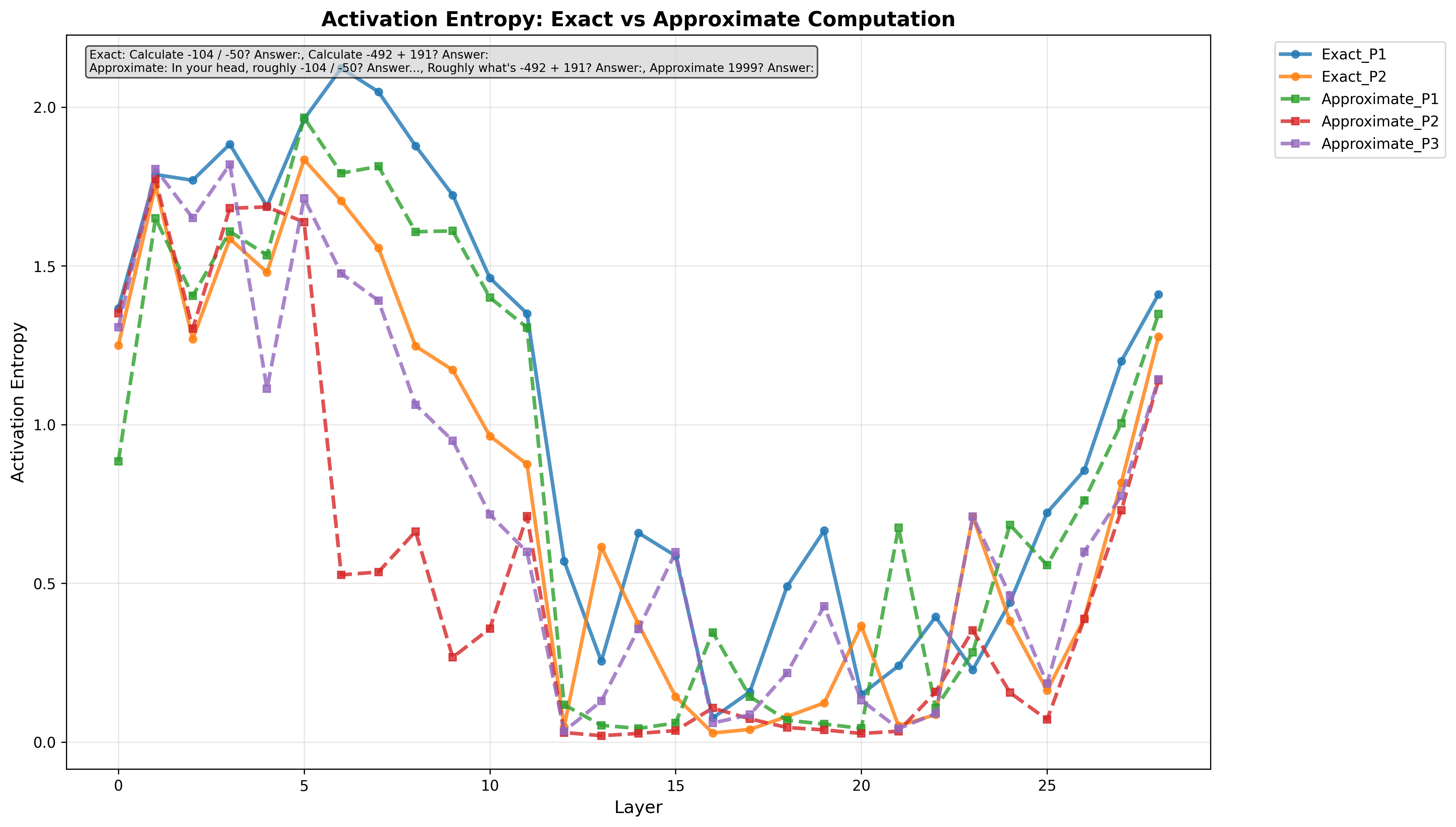
Dream Diary: Case Study on Diffusion LLM’s Arithmetic Behavior Neurips 2025 - WiML Workshop Poster
Chiung-Yi Tseng, Maisha Thasin, Blessing Effiong, Somshubhra Roy, Danyang Zhang
Mechanistic interpretability studies of autoregressive (AR) models are abundant, while studies on diffusion models (DLLM) remain less explored. In this study, we investigate the arithmetic behaviors of Dream-v0-Instruct-7B (Dream). Future work includes causal study of DLLM to isolate the arithmetic neurons [1], particularly approximation operations, extending the evaluation to larger benchmarks to gain statistical significance and providing mechanistic interpretability study tools to the community.
Dream Diary: Case Study on Diffusion LLM’s Arithmetic Behavior Neurips 2025 - WiML Workshop Poster
Chiung-Yi Tseng, Maisha Thasin, Blessing Effiong, Somshubhra Roy, Danyang Zhang
Mechanistic interpretability studies of autoregressive (AR) models are abundant, while studies on diffusion models (DLLM) remain less explored. In this study, we investigate the arithmetic behaviors of Dream-v0-Instruct-7B (Dream). Future work includes causal study of DLLM to isolate the arithmetic neurons [1], particularly approximation operations, extending the evaluation to larger benchmarks to gain statistical significance and providing mechanistic interpretability study tools to the community.
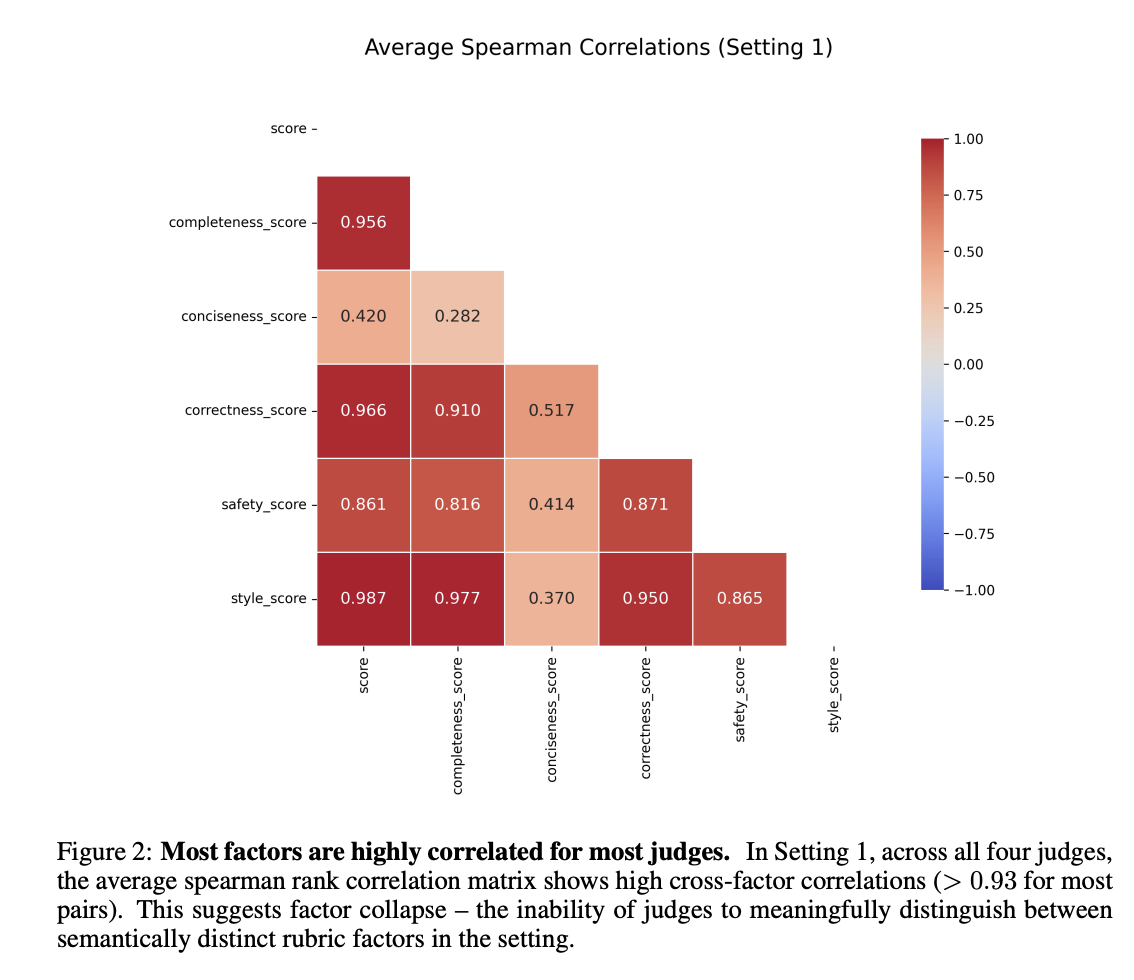
When Judgment Becomes Noise: How Design Failures in LLM Judge Benchmarks Silently Undermine Validity (Under Review) arXiv preprint Under Review
Benjamin Feuer, Chiung-Yi Tseng, Astitwa Sarthak Lathe, Oussama Elachqar, John P Dickerson
LLM-judged benchmarks are increasingly used to evaluate complex model behaviors, yet their design introduces failure modes absent in conventional, groundtruth–based benchmarks. We argue that, without tight objectives and verifiable constructions, benchmark rankings can produce high-confidence rankings that are in fact largely noise. We introduce two mechanisms to diagnose these issues. Schematic adherence quantifies how much of a judge’s overall verdict is explained by the explicit evaluation schema, revealing unexplained variance when judges deviate from their own rubric. Psychometric validity aggregates internal consistency and discriminant validity signals to quantify irreducible uncertainty in any benchmarking run. Applying these tools to Arena-Hard Auto, we find severe schema incoherence and factor collapse across popular judges: e.g., unexplained variance exceeding 90% for DeepSeek-R1-32B and factor correlations above 0.93 for most criteria. We also show that the ELO-style aggregation used by Arena-Hard Auto collapses and masks genuine ranking uncertainty. Our results highlight design failures that undermine validity and offer actionable principles for building better-scoped, reliability-aware LLM-judged benchmarks. We release our code at https://anonymous.4open.science/r/judgment-to-noise-947D/README.md
When Judgment Becomes Noise: How Design Failures in LLM Judge Benchmarks Silently Undermine Validity (Under Review) arXiv preprint Under Review
Benjamin Feuer, Chiung-Yi Tseng, Astitwa Sarthak Lathe, Oussama Elachqar, John P Dickerson
LLM-judged benchmarks are increasingly used to evaluate complex model behaviors, yet their design introduces failure modes absent in conventional, groundtruth–based benchmarks. We argue that, without tight objectives and verifiable constructions, benchmark rankings can produce high-confidence rankings that are in fact largely noise. We introduce two mechanisms to diagnose these issues. Schematic adherence quantifies how much of a judge’s overall verdict is explained by the explicit evaluation schema, revealing unexplained variance when judges deviate from their own rubric. Psychometric validity aggregates internal consistency and discriminant validity signals to quantify irreducible uncertainty in any benchmarking run. Applying these tools to Arena-Hard Auto, we find severe schema incoherence and factor collapse across popular judges: e.g., unexplained variance exceeding 90% for DeepSeek-R1-32B and factor correlations above 0.93 for most criteria. We also show that the ELO-style aggregation used by Arena-Hard Auto collapses and masks genuine ranking uncertainty. Our results highlight design failures that undermine validity and offer actionable principles for building better-scoped, reliability-aware LLM-judged benchmarks. We release our code at https://anonymous.4open.science/r/judgment-to-noise-947D/README.md
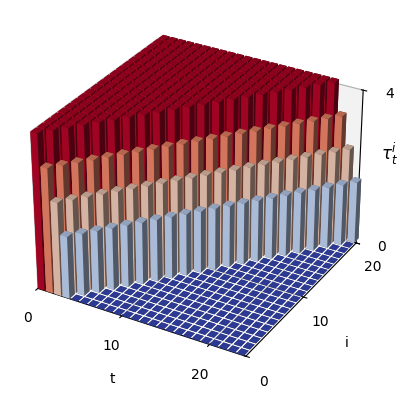
Diffusion-based Large Language Models Survey TechRxiv Preprint Preprint
Chiung-Yi Tseng, Danyang Zhang, Ziqian Bi, Junhao Song
Diffusion-based large language models (DLLMs) have emerged as a promising alternative to traditional autoregressive architectures, notably enhancing parallel generation, controllability, and robustness across multiple modalities. Originally developed from continuous diffusion methods in computer vision, recent adaptations of DLLMs have tailored discrete diffusion processes through absorbing-state kernels, latent projections, and hybrid architectures. This survey reviews recent developments in DLLMs, beginning with their foundational concepts, including DDPM, DDIM, and their early discrete adaptations, such as mask-based, continuous-embedding, and hybrid models. We organize current methods by sampling strategy, guidance type, noise schedule, and temporal conditioning, and analyzes their efficiency, output quality, and fine-tuning. The paper also highlights key advancements: autoregressive-diffusion unification through hyperschedules, adaptive correction sampling, and efficient caching mechanisms to enhance computational performance. Besides, it explores emerging applications, such as natural language tasks, multimodal generation, and reasoning-intensive domains... These demonstrate the versatility of DLLMs. Furthermore, the paper identifies critical challenges, including adaptive sampling, scalable alignment strategies, deeper integration with pretrained language models, graph-based diffusion frameworks, and robust evaluation protocols. Finally, the paper proposes directions that could define future research in diffusion-based sequence generation.
Diffusion-based Large Language Models Survey TechRxiv Preprint Preprint
Chiung-Yi Tseng, Danyang Zhang, Ziqian Bi, Junhao Song
Diffusion-based large language models (DLLMs) have emerged as a promising alternative to traditional autoregressive architectures, notably enhancing parallel generation, controllability, and robustness across multiple modalities. Originally developed from continuous diffusion methods in computer vision, recent adaptations of DLLMs have tailored discrete diffusion processes through absorbing-state kernels, latent projections, and hybrid architectures. This survey reviews recent developments in DLLMs, beginning with their foundational concepts, including DDPM, DDIM, and their early discrete adaptations, such as mask-based, continuous-embedding, and hybrid models. We organize current methods by sampling strategy, guidance type, noise schedule, and temporal conditioning, and analyzes their efficiency, output quality, and fine-tuning. The paper also highlights key advancements: autoregressive-diffusion unification through hyperschedules, adaptive correction sampling, and efficient caching mechanisms to enhance computational performance. Besides, it explores emerging applications, such as natural language tasks, multimodal generation, and reasoning-intensive domains... These demonstrate the versatility of DLLMs. Furthermore, the paper identifies critical challenges, including adaptive sampling, scalable alignment strategies, deeper integration with pretrained language models, graph-based diffusion frameworks, and robust evaluation protocols. Finally, the paper proposes directions that could define future research in diffusion-based sequence generation.
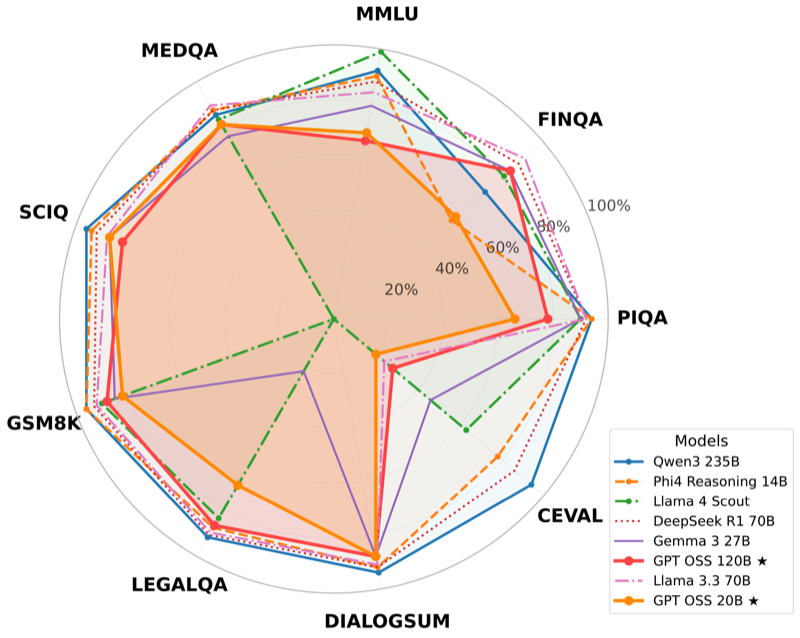
Is GPT-OSS Good? A Comprehensive Evaluation of OpenAI's Latest Open Source Models arXiv preprint
Ziqian Bi*, Keyu Chen*, Chiung-Yi Tseng*, Danyang Zhang*, Tianyang Wang, Hongying Luo, Lu Chen, Junming Huang, Jibin Guan, Junfeng Hao, Junhao Song (* equal contribution)
This paper evaluates OpenAI's first open weight large language models since GPT-2, comparing two mixture of experts models (120B and 20B parameters) against six contemporary open source models. Our comprehensive evaluation reveals that gpt-oss-20B consistently outperforms gpt-oss-120B on several benchmarks, providing important insights into the performance characteristics of these newly released models.
Is GPT-OSS Good? A Comprehensive Evaluation of OpenAI's Latest Open Source Models arXiv preprint
Ziqian Bi*, Keyu Chen*, Chiung-Yi Tseng*, Danyang Zhang*, Tianyang Wang, Hongying Luo, Lu Chen, Junming Huang, Jibin Guan, Junfeng Hao, Junhao Song (* equal contribution)
This paper evaluates OpenAI's first open weight large language models since GPT-2, comparing two mixture of experts models (120B and 20B parameters) against six contemporary open source models. Our comprehensive evaluation reveals that gpt-oss-20B consistently outperforms gpt-oss-120B on several benchmarks, providing important insights into the performance characteristics of these newly released models.
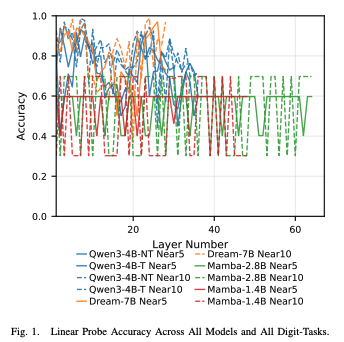
Decipher Deep Math: Numeric Rounding Behaviors in LLMs DeepMath-2025 Accepted
Chiung-Yi Tseng, Maisha Thasin, Danyang Zhang, Blessing Effiong, Somshubhra Roy
This research investigates how language models understand and process numerical rounding tasks through linear probing techniques. We analyze the internal representations of various model architectures to understand how they encode proximity to multiples of 5 and 10. Our study implements streaming linear probes that process activations in batches rather than storing entire activation matrices, enabling memory-efficient analysis across multiple architectures including Transformer-based models (Qwen, Dream) and State Space Models (Mamba). Through layer-wise analysis, we identify which layers in different architectures best encode numerical proximity information and reveal significant differences between "thinking" and "non-thinking" model variants.
Decipher Deep Math: Numeric Rounding Behaviors in LLMs DeepMath-2025 Accepted
Chiung-Yi Tseng, Maisha Thasin, Danyang Zhang, Blessing Effiong, Somshubhra Roy
This research investigates how language models understand and process numerical rounding tasks through linear probing techniques. We analyze the internal representations of various model architectures to understand how they encode proximity to multiples of 5 and 10. Our study implements streaming linear probes that process activations in batches rather than storing entire activation matrices, enabling memory-efficient analysis across multiple architectures including Transformer-based models (Qwen, Dream) and State Space Models (Mamba). Through layer-wise analysis, we identify which layers in different architectures best encode numerical proximity information and reveal significant differences between "thinking" and "non-thinking" model variants.
Active Learning Methods for Efficient Data Utilization and Model Performance Enhancement CoRR (arXiv preprint) Preprint
Junhao Song, Ziqian Bi, Tianyang Wang, Chia Xin Liang, Chiung-Yi Tseng, Ming Liu
In the era of data-driven intelligence, the paradox of data abundance and annotation scarcity has emerged as a critical bottleneck in the advancement of machine learning. This paper gives a detailed overview of Active Learning (AL), which is a strategy in machine learning that helps models achieve better performance using fewer labeled examples. It introduces the basic concepts of AL and discusses how it is used in various fields such as computer vision, natural language processing, transfer learning, and real-world applications. The paper focuses on important research topics such as uncertainty estimation, handling of class imbalance, domain adaptation, fairness, and the creation of strong evaluation metrics and benchmarks. It also shows that learning methods inspired by humans and guided by questions can improve data efficiency and help models learn more effectively. In addition, this paper talks about current challenges in the field, including the need to rebuild trust, ensure reproducibility, and deal with inconsistent methodologies. It points out that AL often gives better results than passive learning, especially when good evaluation measures are used. This work aims to be useful for both researchers and practitioners by providing key insights and proposing directions for future progress in active learning.
Active Learning Methods for Efficient Data Utilization and Model Performance Enhancement CoRR (arXiv preprint) Preprint
Junhao Song, Ziqian Bi, Tianyang Wang, Chia Xin Liang, Chiung-Yi Tseng, Ming Liu
In the era of data-driven intelligence, the paradox of data abundance and annotation scarcity has emerged as a critical bottleneck in the advancement of machine learning. This paper gives a detailed overview of Active Learning (AL), which is a strategy in machine learning that helps models achieve better performance using fewer labeled examples. It introduces the basic concepts of AL and discusses how it is used in various fields such as computer vision, natural language processing, transfer learning, and real-world applications. The paper focuses on important research topics such as uncertainty estimation, handling of class imbalance, domain adaptation, fairness, and the creation of strong evaluation metrics and benchmarks. It also shows that learning methods inspired by humans and guided by questions can improve data efficiency and help models learn more effectively. In addition, this paper talks about current challenges in the field, including the need to rebuild trust, ensure reproducibility, and deal with inconsistent methodologies. It points out that AL often gives better results than passive learning, especially when good evaluation measures are used. This work aims to be useful for both researchers and practitioners by providing key insights and proposing directions for future progress in active learning.